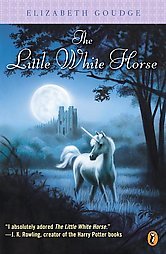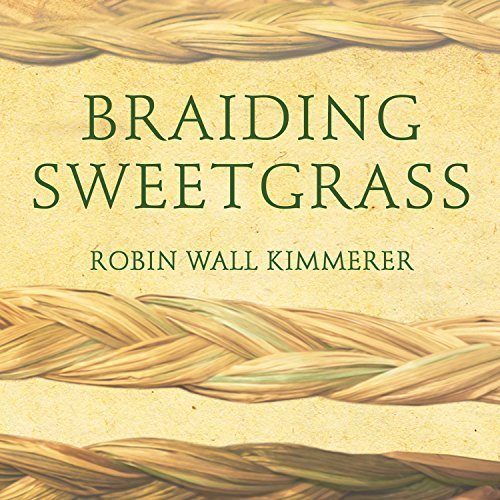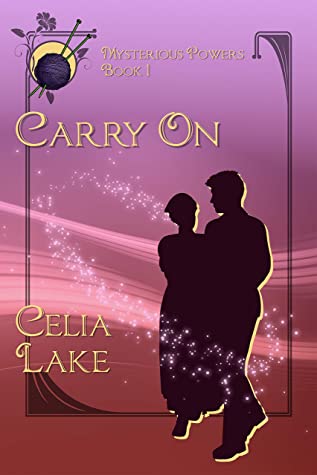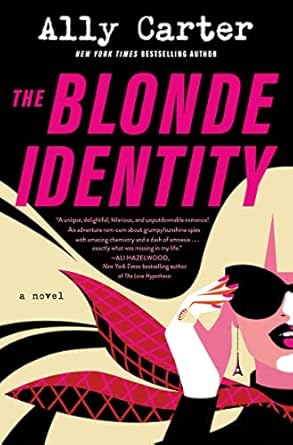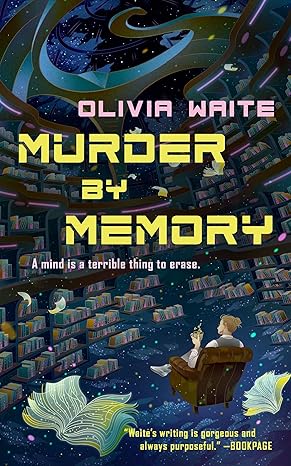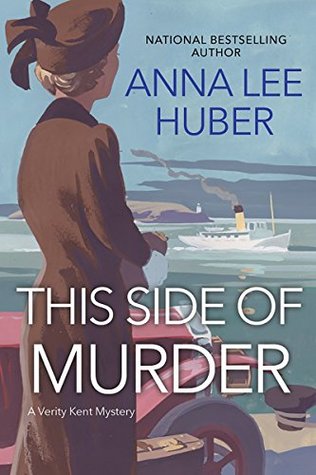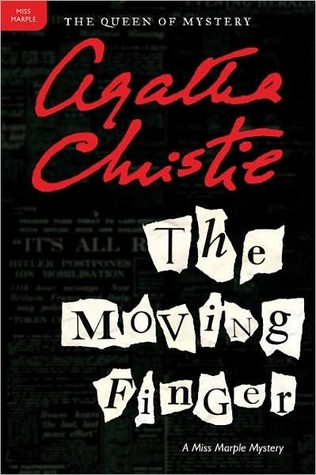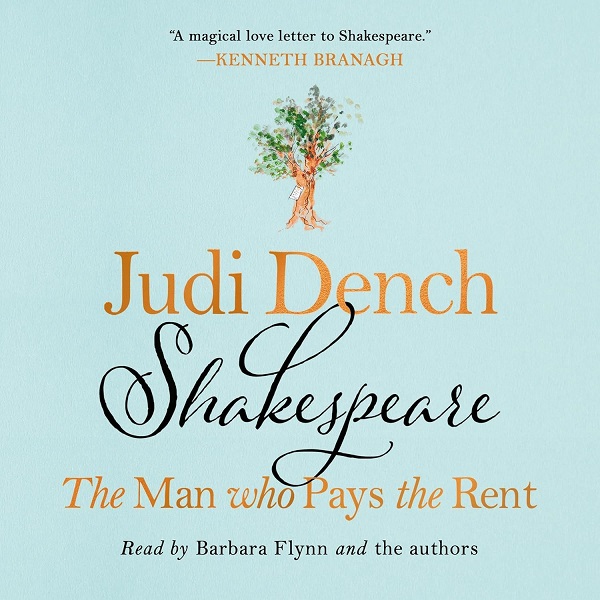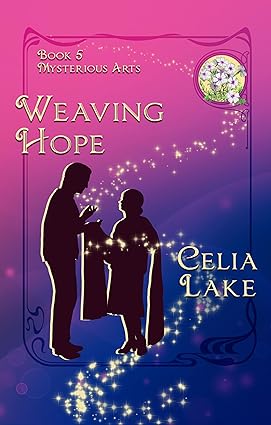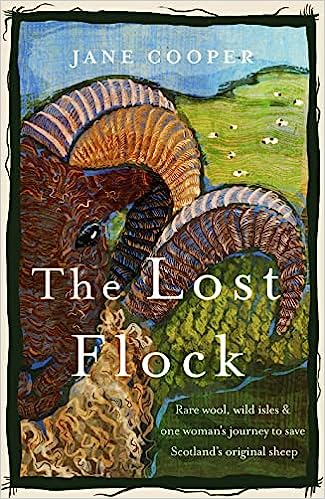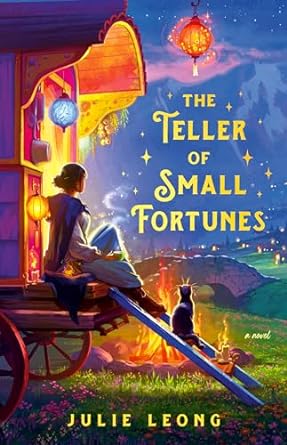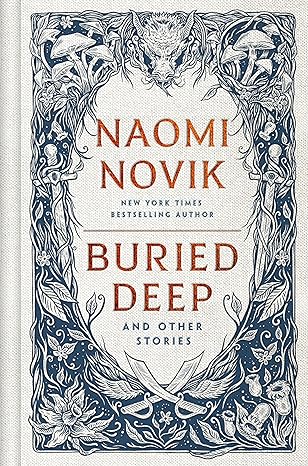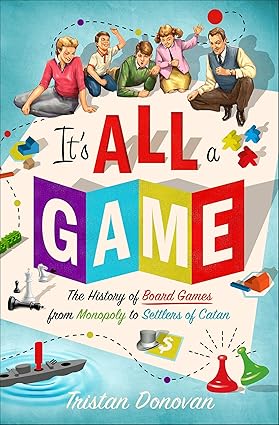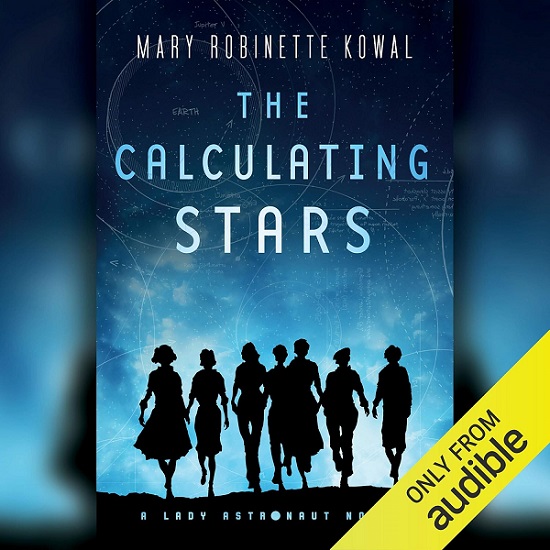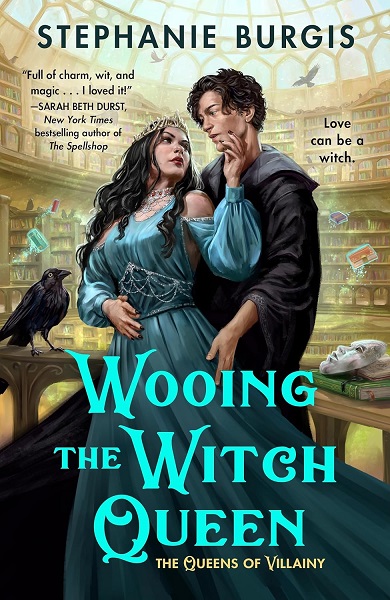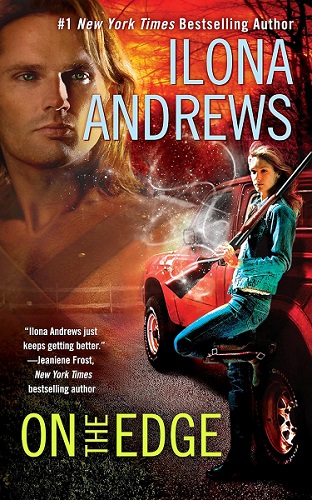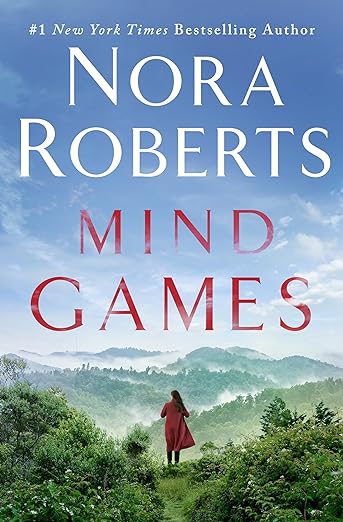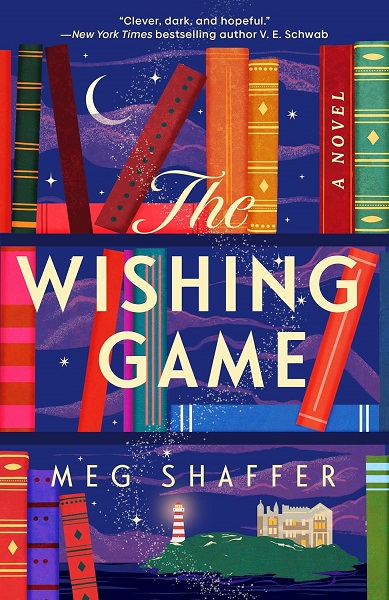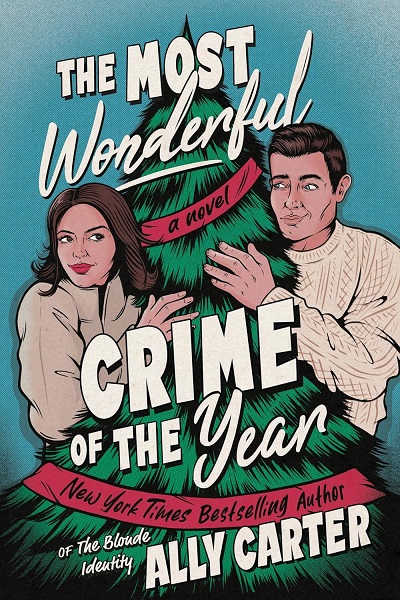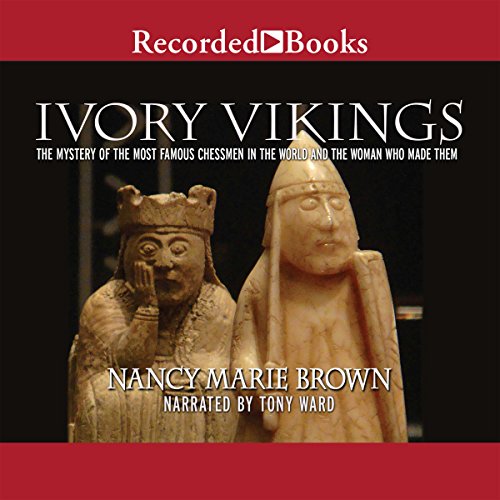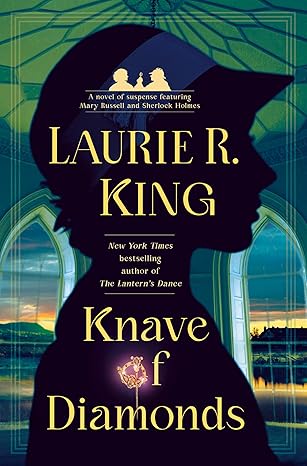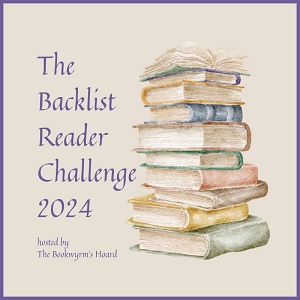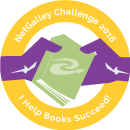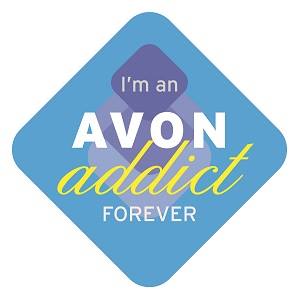Winnie the Pooh and The House at Pooh Corner, by A.A. Milne, with original illustrations by E. H. Sheperd
If your only exposure to Winnie the Pooh has been the Disney films, run right out to the library and borrow the books. Disney’s early adaptations are reasonably faithful to the stories, and a lot of fun to watch. But the original books, with Sheperd’s illustrations, are the real “Classic Pooh,” and even better than the Disney films. You may have to paraphrase when reading the books to very young children, as Milne’s use of language is more sophisticated than that in many modern children’s books.
The Pooh books have their origins in stories Milne told to his young son Christopher (the Christopher Robin of the stories), based on his favorite toys. The Hundred Acre Wood is, in real life, Ashdown Forest in Kent, where the Milnes lived. E. H. Sheperd visited them there and used Christopher’s toys and the surrounding woods and fields as models for his illustrations. If you live in the New York City area, try to get to the New York Public Library Main Branch to see the original toys, which I believe are still on display there. If you live in or visit England, you can go to the Ashdown Forest and even play Poohsticks from Poohsticks Bridge — a bridge has been rebuilt, based on the illustrations, on the site of the original bridge. It’s about a 20-minute walk from the parking area. Take plenty of sticks with you, because you won’t find any on the site!
 The Quiltmaker’s Gift, by Jeff Brumbeau; illustrated by Gail de Marcken
The Quiltmaker’s Gift, by Jeff Brumbeau; illustrated by Gail de Marcken
A king who is given anything he wants, but is still not happy, wants a quilt made by the marvelous quiltmaker who lives alone on the mountain. The quiltmaker makes her quilts to give to the poor who have nothing, and will neither sell nor give the king a quilt. She tells the king make a present of everything he owns. As he gives his things away, the king finally finds happiness, and the quiltmaker makes a quilt for him, with a piece representing each thing he gave away. The message is clear but not overly preachy. The lavish and detailed illustrations include real quilt patterns whose names reflect what is occurring in the story. As a bonus, the two-page spread showing the king’s treasure room includes visual representations of 250 quilt pattern names for you to find and identify: Arrowhead, Cake Stand, Broken Wheel, etc. (The patterns are listed inside the dust jacket of the hardcover version.)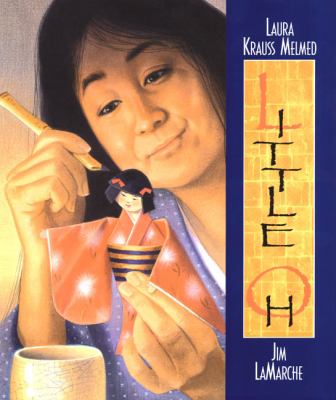
Little Oh, by Laura Kraus Melmed; illustrated by Jim LaMarche
This delightful and gorgeously-illustrated tale tells the story of Little Oh, a Japanese paper doll who comes to life. She survives many perils after she is separated from her creator-mother, but the two are finally reunited in a surprising way.
A Story for Bear, by Dennis Haseley; illustrated by Jim LaMarche
LaMarche’s gentle illustrations are perfect for this quiet story about a bear who is fascinated by the books read by a woman vacationing in a nearby cabin. The bear is not anthropomorphized, but the friendship that slowly grows between these two is very real and very moving.
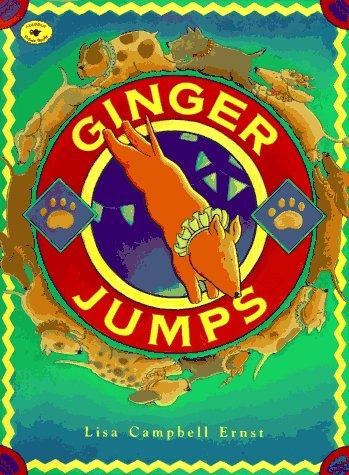
Ginger Jumps, by Lisa Campbell Ernst
Ginger is a circus puppy, training to perform with Sir Deedrick, the “Duke of Dogs,” but what she wants most is a little girl to play with and belong to. Day after day, she trains with Sir Deedrick for a daredevil high jump, and puts up with the rudeness of the arrogant dog-diva, Prunella. Night after night, Ginger watches the audience, searching for her little girl. Will Ginger overcome her fear of heights to perform the jump? Will she ever find the little girl of her dreams? Ernst’s humorous illustrations complement the story perfectly.

The Sea Chest, by Toni Buzzeo; illustrated by Mary GrandPre
A lovely story about a lighthouse keeper’s daughter and the baby sister she discovers in a trunk washed ashore after a shipwreck. I can’t read the ending without choking up.

The Water Hole, by Graeme Base
Like many of Base’s books (Animalia) , The Water Hole can be explored on many levels. It’s a counting book; a lavishly illustrated introduction to the animals and ecosystems of almost every continent; a metaphor about dwindling freshwater resources; and a “find Waldo”-like puzzle (though here, the objects to search for are whimsical little frogs.) Breathtaking illustrations of animals, insects, and fish at or in the water are framed by silhouette friezes showing the animals of that continent or ecosystem.
 The Other Side, by Jacqueline Woodson; illustrated by E. B. Lewis
The Other Side, by Jacqueline Woodson; illustrated by E. B. Lewis
Two little girls in the mid-twentieth-century South, one black, one white, make friends over the fence between their properties despite the fears and prejudices of those around them. A good jumping-off point for discussions about prejudice, equality, and the history of racism.




